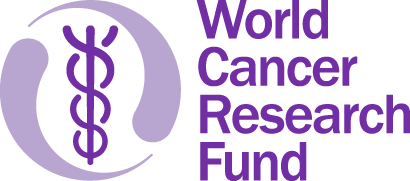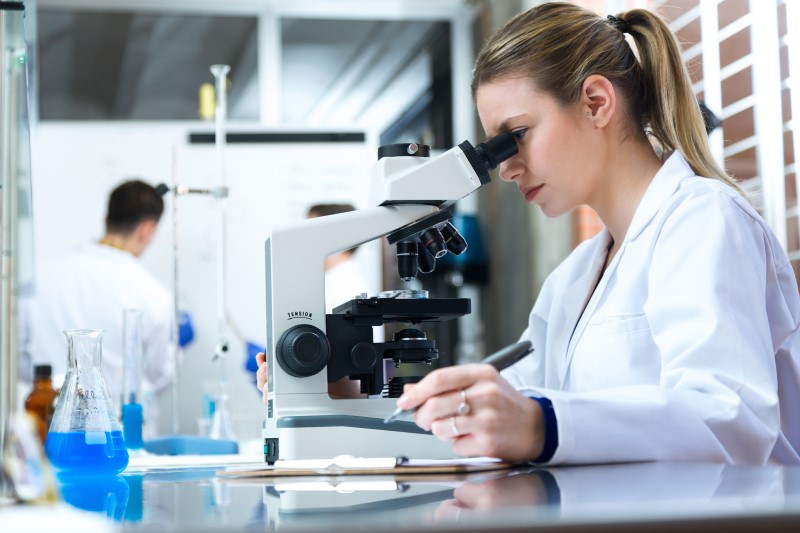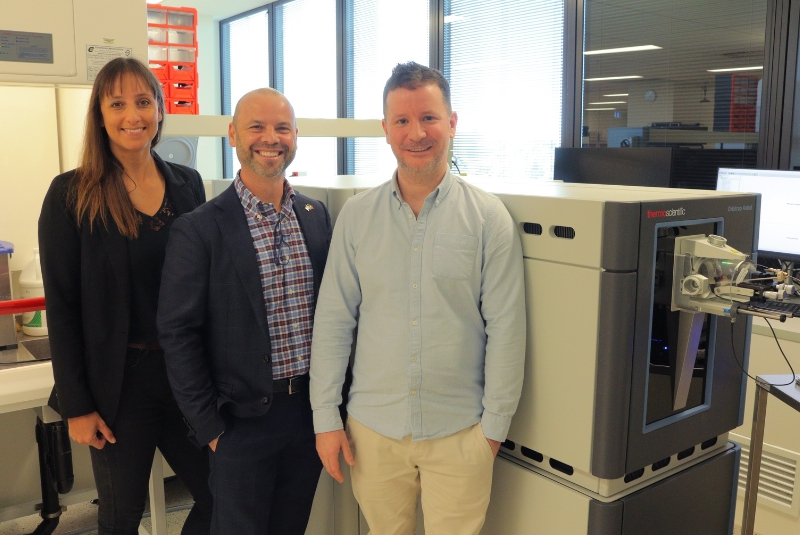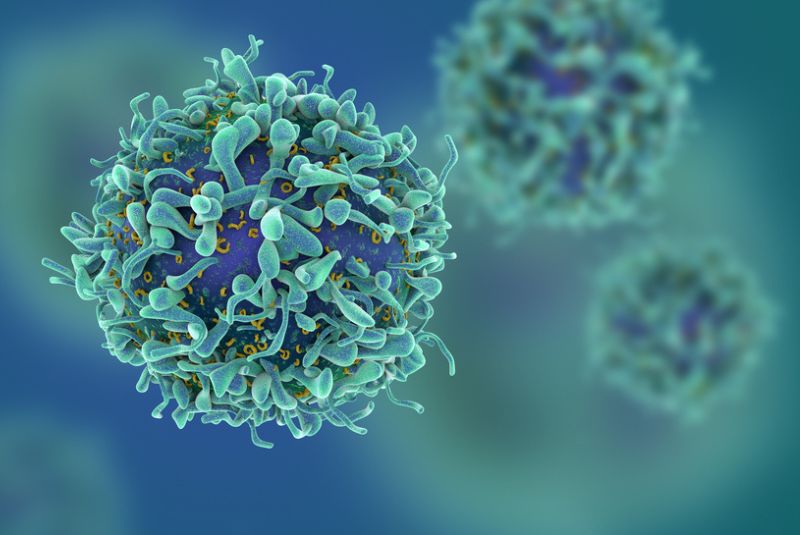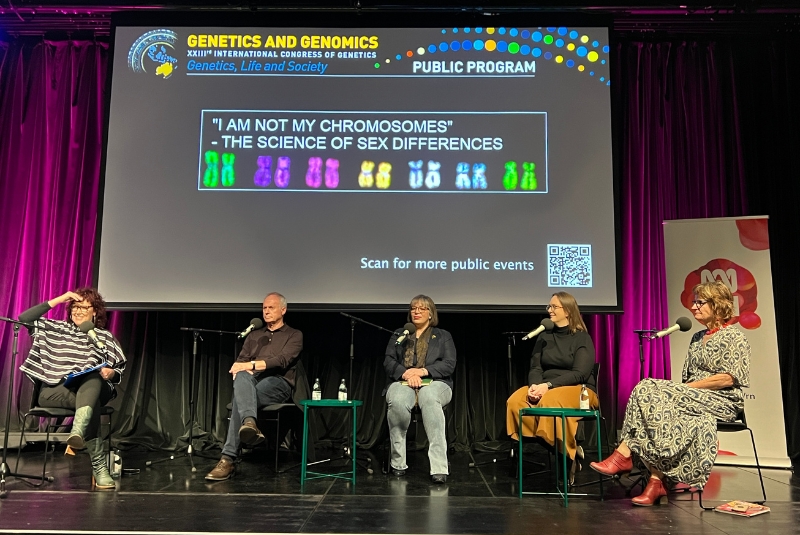Body size in childhood and risk of pre-menopausal breast cancer study
- Project status: Active
Research area: Clinical Sciences > Heart
Please note: This project is not open for participation by the general public.

A study into body mass index (BMI) in childhood and risk of pre-menopausal breast cancer
There is considerable evidence that body mass index is related to the risk of pre-menopausal breast cancer but the possible reasons for this have not yet been well explored.
There is considerable evidence that body mass index is related to the risk of pre-menopausal breast cancer but the possible reasons for this have not yet been well explored.
About the study
Obesity is a risk factor for several adult cancers, but specific childhood risk is not well understood because of limited prospective study evidence.
Some studies asking adults to recall their height and weight in childhood have found that overweight girls have a reduced risk of pre-menopausal breast cancer, a surprising finding. Therefore, it is particularly important to determine the contribution of childhood body size to pre-menopausal breast cancer
Purpose of our study
The purpose of our study is to:
- determine whether a larger childhood body size protects against the risk of pre-menopausal breast cancer.
- understand the mechanism by measuring blood hormones and other metabolites which could explain why obesity exerts its possible effect on risk.
Study details
The International Childhood Cardiovascular Cohorts (i3C) Consortium will examine this relationship prospectively using childhood obesity measurement data on 41,015 participants, including 21,217 girls, from the USA, Finland, and Australia. Participants will first be measured in childhood and followed for approximately 40 years, among whom approximately 500 pre-menopausal breast cancer cases have occurred. We will investigate how many of the 21,217 developed pre-menopausal breast cancer in adulthood will be obtained from cancer registries and linked to obesity data, to determine whether the associated risk has occurred.
In particular, we will investigate:
- The height, weight, girth and skinfold measurement dataset will enable investigation of whether body fat amount and distribution are important in predicting risk.
- >6,000 stored serum or blood spots will allow examination of a potential mediating role of many biological variables including childhood hormone levels and other metabolites which might also be associated with risk.
Potential impact
The study aims to determine whether obesity is a protective factor that must be addressed as public health programs to combat childhood obesity are implemented.
We see the evidence from the i3C Consortium dataset will be completely unique and relied upon in guiding public child health program development aimed at pre-menopausal breast cancer prevention.
Research team
- Professor Terry Dwyer – Murdoch Children’s Research Institute - Principal Investigator
- Professor Markus Juonala – University of Turku – Co-Investigator
- Dr Pekka Keski-Rahkonen – International Agency for Research on Cancer (IARC) – Co-Investigator
- Dr James McKay - International Agency for Research on Cancer (IARC) – Co-Investigator
- Dr Sabina Rinaldi - International Agency for Research on Cancer (IARC) – Co-Investigator
- Dr Robert MacInnis – Cancer Council Victoria (CCV) – Co-Investigator
- Dr Sherly Li – Cancer Council Victoria (CCV) - Collaborator
Funding
The funding for this project is provided by World Cancer Research Fund and World Cancer Research Fund International.
